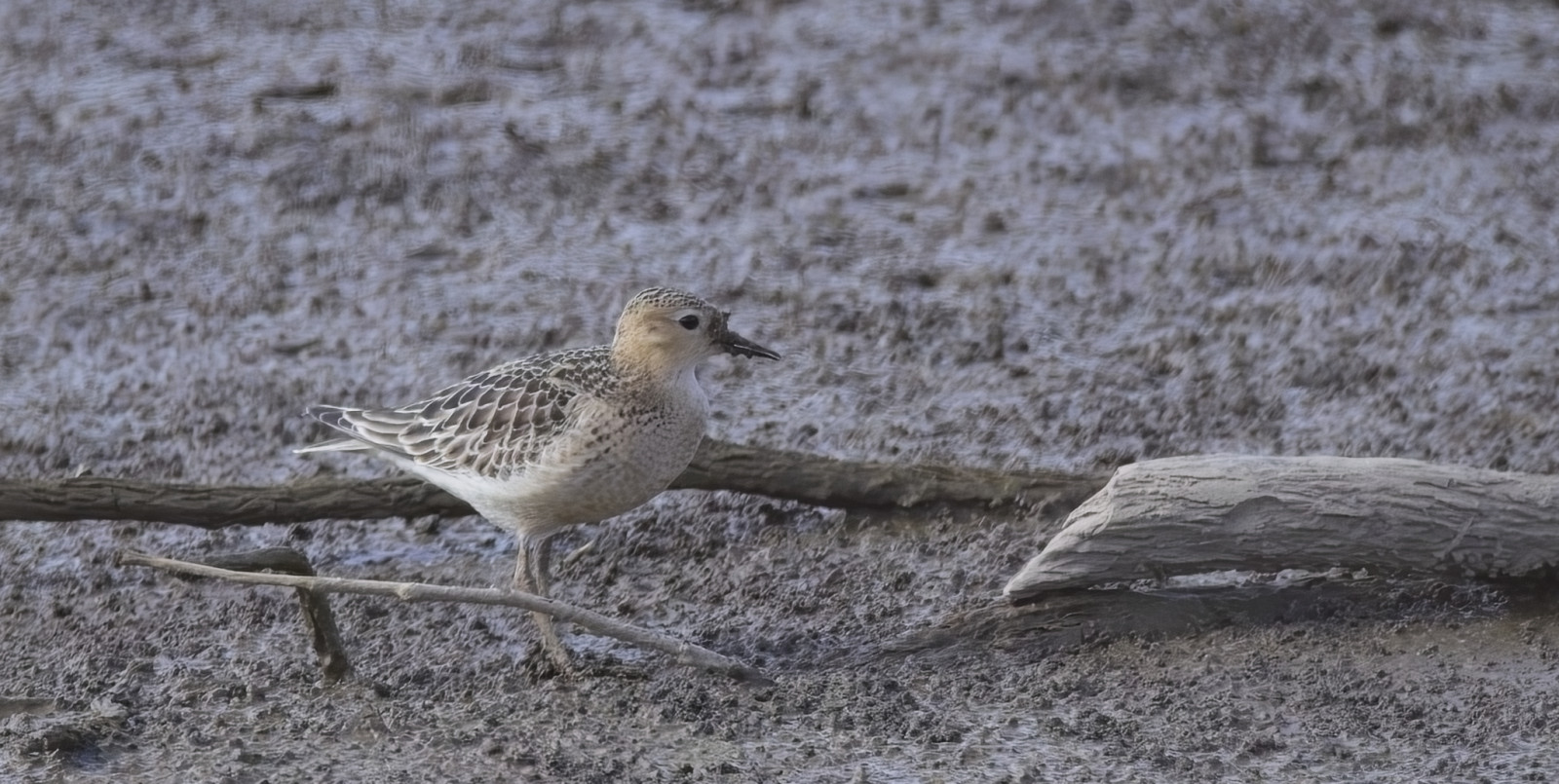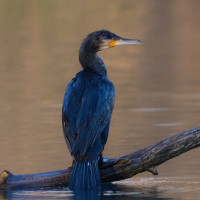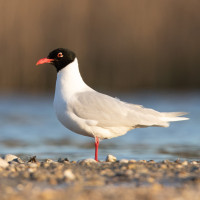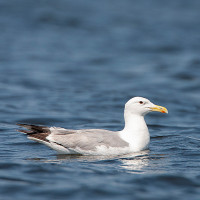Description
Lac de Haute Mayenne is a natural site rich in biodiversity (flora, fish, birds), on which leisure activities are exercised (fishing, nautical base, swimming). The dam was created between 1975 and 1978, in order to meet the needs of drinking water supply. With its almost permanent attendance in the summer, the lake is not very suitable for bird watching in summer, although local nesters are well represented.
In the fall, it may be interesting to follow the migration of passerines in particular. During the years during which the water level was lowered, the open mudflats allowed shorebirds to land here: Bar-tailed Godwit, Avocet, Pectoral Sandpiper, Red Knot, Sanderling, Ruff.
In winter the site is at its highest ornithological potential and hosts one of the largest larid dormitories in the department. Several hundred or even thousands of individuals from Black-headed Gull, Mediterranean Gull, Lesser Black-backed Gull, European Herring Gull, Yellow-legged Gull stay there between November and March. Come a good hour before nightfall. Look for the Common Gull, the Great Black-backed Gull and the Caspian Gull which are unusual in the department but annual on the site. More rare are the Little Gull, Kittiwake, Arctic Tern, Sandwich Tern and Little Tern have been observed there. Note that almost all the observations of Glaucous Gull and Iceland Gull of the department were made on this site.
It may be good before the arrival of the laridae at the dormitory, to check that there is not a stray or other unusual bird on the lake: the 5 species of Grebes including the Slavonian Grebe and the Red-necked Grebe were seen there, like the 3 species of Merganser, the Red-throated Diver, the Common Goldeneye, the Greater Scaup, the Common Scoter. On the opposite bank, in the trees of the afforestation, you will find one of the largest dormitories of Great Cormorant in the department, accommodating several dozen to hundreds of individuals.
_________________________
Français: Seul lac de barrage du département, le lac de Haute Mayenne a une superficie de 123 hectares et s’étend sur 6 kilomètres. Le lac de Haute Mayenne est avant tout un site naturel riche en biodiversité (flore, poissons, oiseaux...), sur lequel des loisirs sont exercés (pêche, base nautique, baignade...). Le barrage a été créé entre 1975 et 1978, afin de satisfaire les besoins d'alimentation en eau potable.
Avec sa fréquentation quasi-permanente à la belle saison, le lac est peu proprice à l'observation des oiseaux en été, bien que les nicheurs locaux y soient bien représentés.
A l'automne, il peut-être intéressant de suivre la migration des passereaux notamment. En halte, les 3 espèces de Guifettes ont déjà été observées. Les années durant lesquelles un abaissement du niveau d'eau a été réalisé, les vasières à découvert ont permises aux limicoles de s'y poser : Bar-tailed Godwit, Avocet, Pectoral Sandpiper, Red Knot, Sanderling, Ruff...
En hiver, un passage régulier serait intéressant, c'est à cette saison que le site est à son plus haut potentiel ornithologique. Le site accueil l'un des plus grand dortoir de laridés du département. Plusieurs centaines voir milliers d'individus de Black-headed Gull, Mediterranean Gull, Lesser Black-backed Gull, European Herring Gull, Yellow-legged Gull y séjournent entre novembre et mars, pour cela venez une bonne heure avant la tombée de la nuit. Cherchez le Common Gull, le Great Black-backed Gull et le Caspian Gull qui sont peu commun dans le département mais annuel sur le site. Plus rarement les Little Gull, Kittiwake, Arctic Tern, Sandwich Tern et Little Tern y ont été observées. Notons que quasiment toutes les mentions de Glaucous Gull et de Iceland Gull du département ont été réalisées sur ce site.
Il peut-être bon avant l'arrivée des laridés au dortoir, de vérifier qu'il n'y ait pas un égaré ou autre oiseau peu commun sur le lac : les 5 espèces de Grèbes dont le Slavonian Grebe et le Red-necked Grebe y ont été vu, comme les 3 espèces de Harles, le Red-throated Diver, le Common Goldeneye, le Greater Scaup, la Common Scoter... Vous trouverez sur la berge opposée, dans les arbres du boisement un des plus grand dortoir de Great Cormorant du département, accueillant plusieurs dizaines à centaines d'individus.
Details
Access
Two accesses to the lake are possible, either by the dam at a place called Le Mezeray in the town of Saint-Fraimbault-de-Prières where you will find a parking lot for this parking by the lake. Or by the nautical base at a place called ''Le Bas Loze'' in the town of Haie-Traversaine. The first access remains the best to have a view of the entire lake.
_________________________
Français: Deux accès au lac vous sont plausible, soit par le barrage au lieu-dit ''le Mezeray'' sur la commune de Saint-Fraimbault-de-Prières où vous trouverez un parking pour ce stationner au bord du lac. Soit par la base nautique au lieu-dit ''Le Bas Loze'' sur la commune de la Haie-Traversaine. Le premier accès reste le meilleur pour avoir une vue sur tout le lac.



